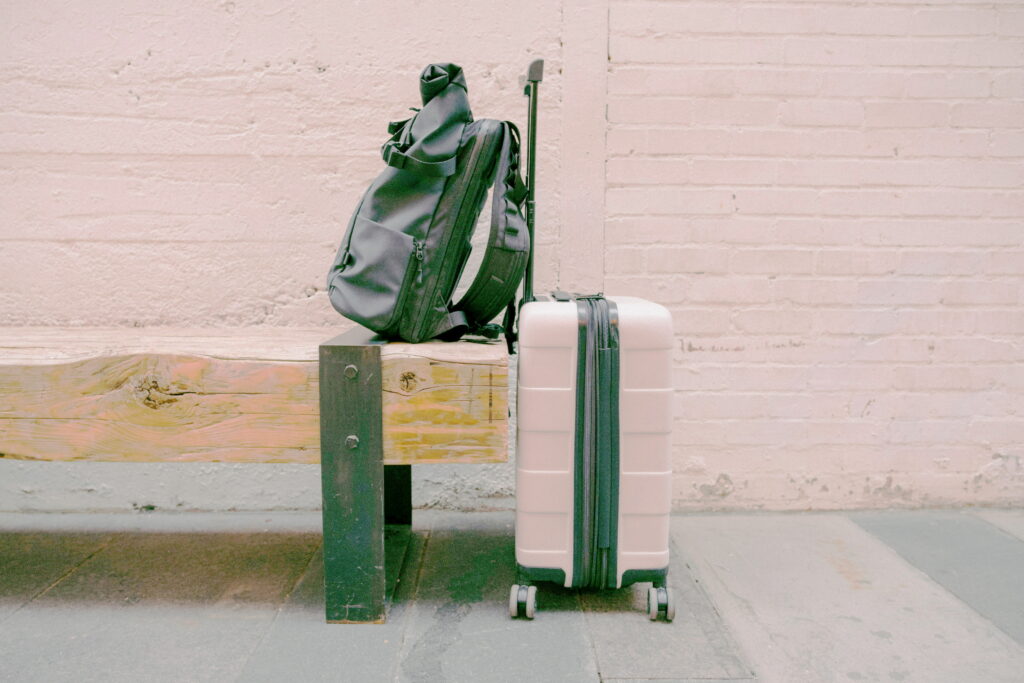
Baristas are some of the most genuine and friendly people you’ve ever met. Still, they may spell your name creatively on your coffee cup just for kicks or categorize customers by their coffee orders. …Okay, judge.
“A flat white, you say?” You must also…Listen to indie music…Collect reusable canvas bags…Love cool art…Wear granny-square vests…Eat an all-organic diet…Get excited about Starbucks’ new compostable hot cup…Fit all of your non-recyclable trash for the entire year into a mason jar…
You get the idea.
Although the flat white is pretty mainstream now, it still carries an air of pretension leftover from the early 2000s. Back then, this drink was largely associated with specialty cafes, the third-wave movement, and, yes, hipsters.
It wasn’t until the 2010s that flat whites hit more mainstream coffee shops in the U.S. For example, this beverage didn’t appear on the Starbucks menu until 2015. But once it caught on, it really caught on.
Even those who love a flat white can have a hard time defining what makes it so good, though. It’s like a cappuccino and a latte, but with an extra something.
So, what sets flat whites apart from other espresso-based drinks?
Flat white–not quite a cappuccino and not a latte either
The flat white recipe begins with a double shot of ristretto. Then it’s topped with a velvety microfoam made from whole milk in a 1:3 ratio of coffee to milk. The full-fat milk brings out the natural sweetness of the coffee, so you can skip the sugar. Traditionally, the flat white is served in a short, wide-rimmed ceramic cup–and it’s not to be touched with a spoon!
While most coffee drinks like cappuccinos, lattes, and macchiatos have pretty clear recipes, the flat white is more open to interpretation. For example, some cafes may use espresso, while others choose a stronger ristretto base. Some baristas prepare the drink with more milk, while others make a stouter version.
Basically, a flat white is just a wetter cappuccino or a stronger latte.
So, who made it first? Let’s head to the other side of the equator to learn more about this creamy coffee drink.
The Origins of the Flat White
The flat white might have hit the U.S. in the early 2000s, but its origin goes back a little further. As we know it, the first flat white appeared in the mid-1980s. It’s the brain-child of Alan Preston and comes straight out of Australia. Or, possibly, it was Fraser McInnes in New Zealand? The debate is ongoing.
While no one has nailed down exactly who started this drink, they agree that it began simply as a “white coffee.” Then, microfoamed steamed milk was used instead of cappuccino-style foam, making the drink “flat.”
The Land Down Under enjoyed this drink in relative privacy for over a decade before the recipe went viral and people got obsessed. This drink is much like your regular old cappuccino, but with a cooler accent and debonair charm.
To us, it’s not that important who came up with this decadent drink. We’re just grateful it exists. The more pressing question is…how can I recreate this drink at home?
How to make a flat white at home
The trick to making a flat white is getting the milk right. While many cafes use 2% milk for lattes and cappuccinos, they bring out the whole milk for the flat whites.
The higher fat content in the whole milk complements the acidity of the coffee. This gives the drink an overall sweeter taste, even though no sugar is involved.
Choosing the right type of milk is the easy part…but creating the microfoam takes some finesse. Instead of the fluffy foam topping of a cappuccino, you’re looking to create a wetter, denser foam full of microscopic bubbles. It’s all about the steam wand angle, the temperature, and timing.
Here’s a quick microfoam step-by-step to get you started:
- Fill the pitcher halfway up with whole milk.
- Place the steam wand about a centimeter below the milk surface, then turn the wand on.
- Listen to your steam wand. A quiet sound like that of tearing paper lets you know you’ve hit the right spot. (If you hear screeching or low rumbling, adjust the wand.)
- Once you see bubbles forming, you can submerge your wand lower into the jug.
- Hold both the jug and wand in a steady position. (At this point, you shouldn’t need to move the jug up/down or side-to-side.)
- Place one hand on the outside of the jug to feel the temperature.
- Shut off the wand when the jug feels warm to the touch. The milk should have the thickness of wet paint.
- Tap the jug on the counter a few times to release any larger bubbles before pouring the milk over your espresso.
Creating microfoam can take a bit of trial and error to get it right. But once you nail this technique, it opens the door to making extravagant latte art.
Conclusion: Flat whites are for everyone
Flat whites may be popular with the hipster crowd, but you certainly don’t have to wear that label to enjoy this coffee drink. This almost-latte and not-quite-cappuccino has the perfect balance of sweetness and edge to delight anyone’s taste buds.
However, surrounding yourself with cool art and listening to indie music in the background can only add to the experience of drinking the decadent (and slightly pretentious) flat white. And, if you want to throw on a beanie hat for good measure…well, you do you!
We don’t judge…but we can’t vouch for the baristas.



Leave a Reply